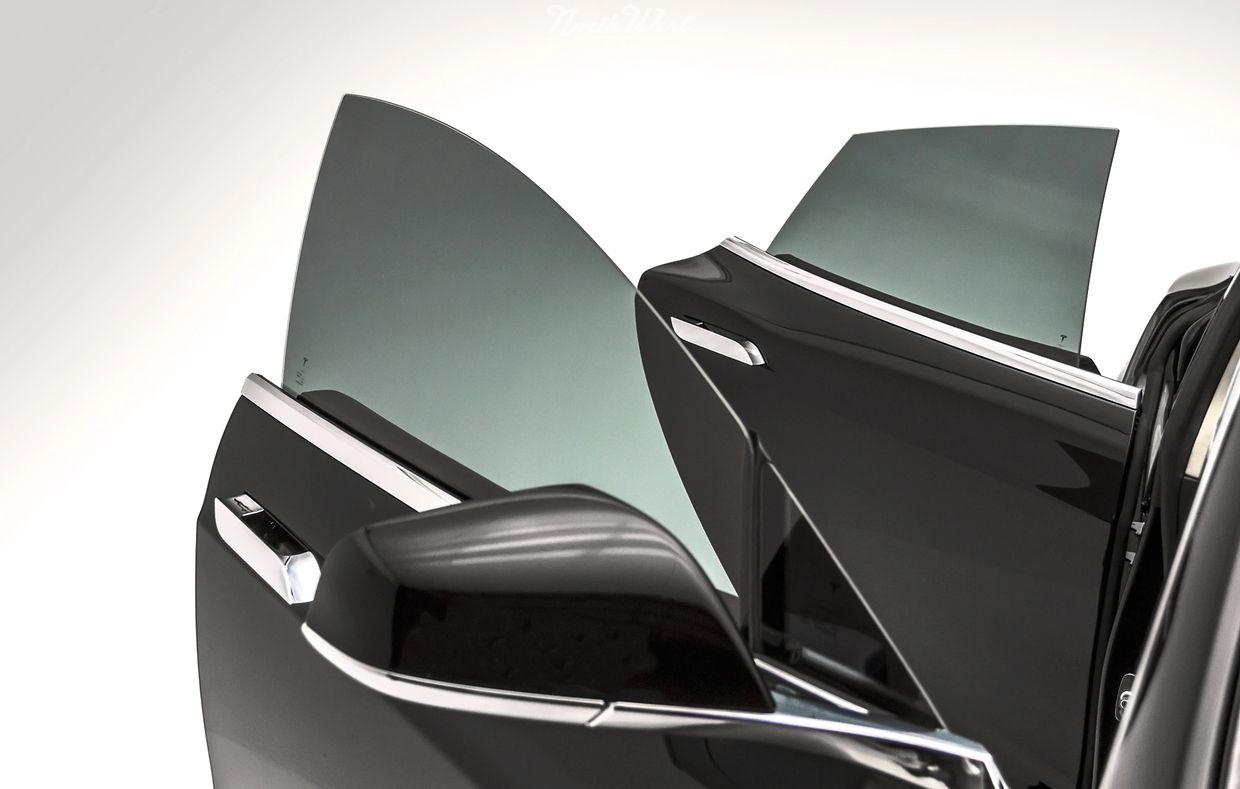Moro Auto Spa Window Tinting: The Ideal Solution for Cutting Down on Glare
Moro Auto Spa Window Tinting: The Ideal Solution for Cutting Down on Glare
Blog Article
Your Comprehensive Overview to Do It Yourself Home Window Tinting: Advice
Embarking on a DIY home window tinting project provides a possibility to boost both the capability and looks of your area. Before getting started on this endeavor, it is essential to browse the complexities of neighborhood tinting policies and choose a proper film that aligns with your purposes.
Understanding Window Tinting Regulations
Browsing the elaborate landscape of window tinting laws is essential for any type of DIY fanatic looking for to enhance their vehicle's looks and comfort. Each state in the united state has details policies concerning the allowed levels of color on different windows, which can substantially affect your decision-making process.
Usually, these laws dictate the optimum permitted Noticeable Light Transmission (VLT) percentage, which describes the quantity of light that can travel through the colored windows. Some states allow only a particular portion of tint on the front windscreen, while permitting darker shades on back home windows. Conformity with these guidelines is essential, as failure to stick can lead to penalties or the need to get rid of the color completely.
In addition, there are typically distinctions in between guest lorries and industrial vehicles, with various guidelines applying to each category. It's recommended to consult your local Department of Motor Vehicles or equivalent authority to gather exact info customized to your place. Comprehending these laws not just ensures legal conformity yet also improves security by keeping visibility and protecting against potential dangers while driving.
Picking the Right Tint Film
Choosing the ideal color film is a vital action in the do it yourself home window tinting procedure, as it straight affects both the look and capability of your lorry's home windows. Several aspects must direct your option, including the type of movie, its legal compliance, and your desired outcomes.
First, take into consideration the various kinds of tint movies offered: dyed, metalized, ceramic, and hybrid. Colored movies give a standard degree of personal privacy and warm reduction but may fade over time. Metalized movies supply boosted warmth denial and toughness however can disrupt electronic signals. Ceramic movies, while a lot more costly, offer superior heat resistance and UV protection without signal disruption.
Next, guarantee that the film abides by local guidelines concerning visible light transmission (VLT) portions. Compliance with these laws is important to stay clear of penalties and make certain security.
Important Devices for DIY Tinting
Having actually chosen the appropriate color film for your home windows, the next action includes gathering the needed tools to make certain a successful installment. The primary devices you will require include an energy knife or a razor blade, which is necessary for cutting the tint movie to the desired dimension. A squeegee is also critical, as it assists eliminate air bubbles and ravel the movie during application.

Furthermore, consider utilizing a warmth weapon or hairdryer, as this can aid mold the color movie to the shapes of the window and promote adherence. Lastly, handwear covers are recommended to stay clear of fingerprints on the film throughout installation. By gathering these necessary devices, you will be well-prepared to tackle your DIY window tinting task effectively.
Step-by-Step Application Refine
Begin by thoroughly cleaning up the description home window surface to ensure ideal attachment of the tint film. When the home window is tidy, determine the color movie versus the home window, enabling for a slight overlap on all sides.
Gently spray the home window surface area and the glue side of the movie. Very carefully align the movie with the top of the home window, ensuring it is directly. Use a squeegee to smooth the film, applying firm, even stress.
Permit the tint to cure for at least 24 hours without rolling down the windows. Comply with these actions faithfully for optimal outcomes in your Do it yourself window tinting job.
Maintenance and Treatment Tips

It's recommended to wait a minimum of a week after installment prior to cleaning your view it windows to allow the glue to totally treat. During this initial duration, avoid rolling down the windows to avoid any damages to the color.
Routine upkeep entails checking the edges of the tint for any indicators of gurgling or lifting. If you see any type of problems, it's best to resolve them without delay to prevent further degeneration. Additionally, beware with the usage of window therapies, such as tones or curtains, as they can create warm that could jeopardize the color in time.
Conclusion
In verdict, embarking on a DIY home window tinting project demands cautious consideration of neighborhood guidelines, choice of appropriate tint films, and the utilization of crucial devices. A methodical application process ensures optimum results, while regular upkeep contributes to the longevity of the tint - Moro Auto Spa Window Tinting. By adhering to these standards, people can achieve both visual improvement and increased privacy in their spaces, making blog here do it yourself home window tinting a beneficial venture
Report this page